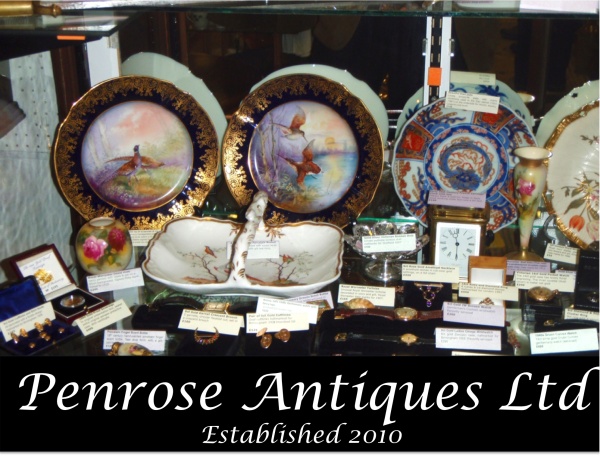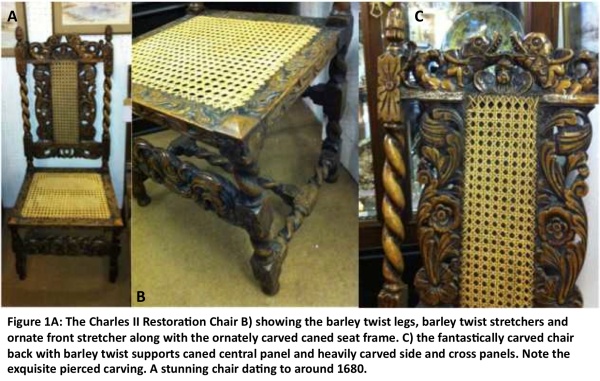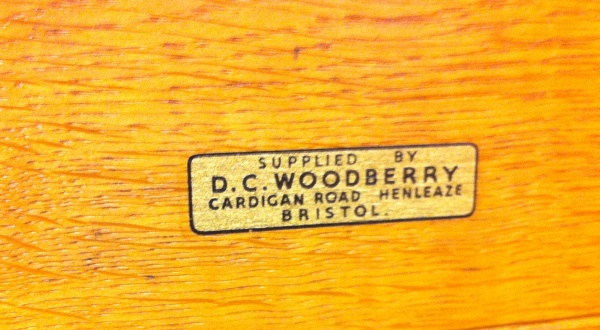A popular misconception is that the Tudor watch brand was first founded by Rolex in 1946. In fact, Tudor was originally registered by the Swiss watchmaker Veuve de Philippe Hüther in 1926 for Hans Wilsdorf. Wilsdorf then took over the Tudor trade name in 1936 and officially launched the Rolex Tudor brand in 1946 with some of the early examples carrying both the Rolex and the Tudor trade marks (Figure 1). However, little seems to be known about the watchmaker Phillippe Hüther.
Figure 1: A stainless steel Rolex Tudor Oyster with a face carrying the Rolex Crown along with the Tudor Oyster signature, Circa 1946.
Phillippe Hüther had established a watch making company in Colombier in Neuchâtel Switzerland by 1917. On his death in about 1925 his wife took over the company renaming it Veuve de Philippe Huether. It was presumably under the direction of his wife that Veuve de Philippe Huether established the Tudor brand at the behest of Wilsdorf. The earliest Tudor watches carried the Tudor name but the association with Rolex was limited with the Tudor brand being linked directly to Rolex in just a very few examples. However, Rolex did guarantee the technical quality of these early Tudor watches. The link between Veuve de Philippe Huether did not just rely on the Tudor brand. Like Aegler, Veuve de Philippe Huether supplied watch components to Rolex. In the late 1940s/early 1950s Veuve de Philippe Huether was restructured and renamed Hüther SA with the manufacturing base being moved to Solothurn near Biel, Switzerland. Hüther SA made watches under a number of trade marks including Brunela (registered in 1953), Cloquet (registered in 1955), Hermia, (registered in 1956) Mortima, (registered in 1954, although Mortima was also registered by the French manufacturer Cattin & Cie circa 1957), Puncto and Puncto-Matic (registered in 1955). Hüther SA seems to have survived the cull of Swiss watch manufacturers in the late 1970s and 1980s and is still registered as a watch manufacturer in Solothurn.






